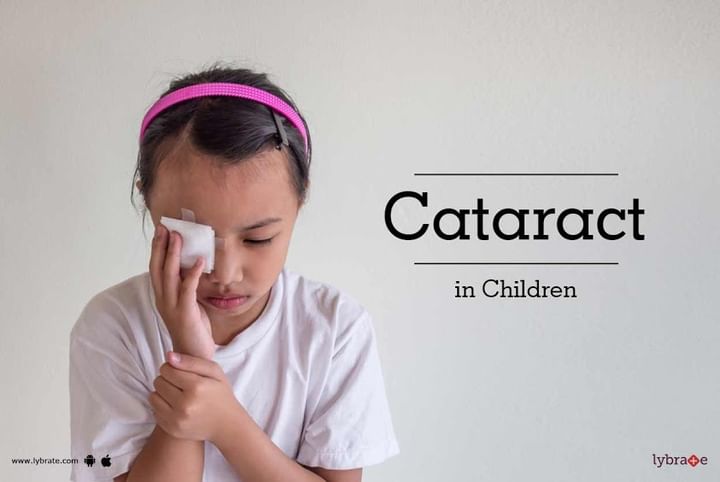Cataract in Children
Cataract is generally associated with old age. However, in some unfortunate cases, children could be affected by cataract as well. A cataract can be defined as a cloudy or opaque layer that forms on the eye's natural lens that lies behind the iris and the pupil, leading to eventual loss in vision. Cataract can affect children in one eye or both eyes.
Cataract can be a congenital birth defect or can develop as the child grows older. The latter case is known as pediatric cataracts. The exact cause of cataracts in children is not known, but it has been associated with a number of genetic disorders, low birth weight and infections during pregnancy. Traumatic events such as an injury to the eye can also cause cataracts.
The earlier a cataract is diagnosed and treated, the better it is. It is easier to identify a cataract that affects both eyes than a cataract that affects only one eye. If a congenital cataract is not treated in time, the part of the baby's brain used for sight may not develop properly. Hence it is crucial to recognize cataract symptoms.
Here are a few you should look out for:
- Not looking directly or responding to large, colourful objects.
- Not being able to find small objects while crawling.
- Excessive squinting or shielding their eyes to bright sunlight.
- Eyes that do not focus on the same point.
- White reflex instead of a red reflex in photographs.
- Uncontrolled movement of the eye.
Cataracts that are too small to affect sight can be treated with eye drops to dilate the pupil. However, this provides only temporary relief. Surgery is the most preferred form of cataract treatment. This surgery can be performed even in the first few weeks of a baby's life. The child is put under anesthesia and a microsurgical instrument is used to break the lens into small pieces and remove it.
This surgery is followed by the use of lenses or glasses to help the eye regain its power to focus again. In some cases, the lens may be implanted to replace the natural lens. In cases where cataract affects only one eye or one eye is more severely affected than the other, there may be a tendency to develop amblyopia or lazy eye syndrome. In such cases, it becomes necessary to patch the good eye shut and stimulate vision in the eye that has undergone surgery.



+1.svg)
